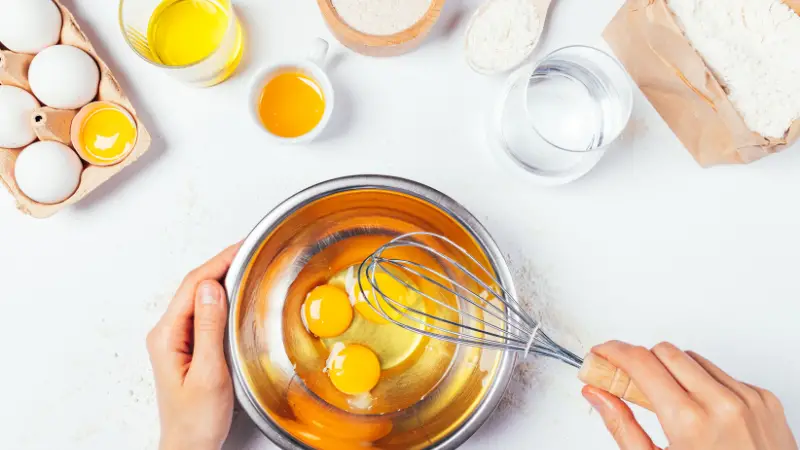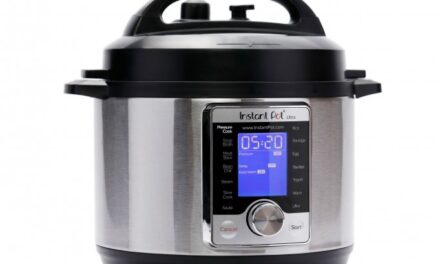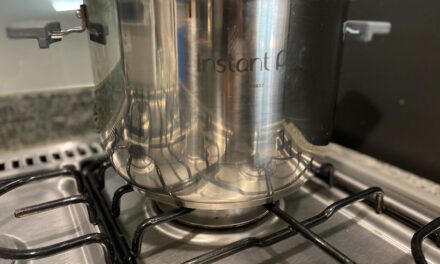Whipping egg white is a common culinary technique that transforms the clear goo into stiff, fluffy peaks. This can be a tiresome process when done by hand, but you have a hand blender sitting in your cupboard. Can you use this to whip egg whites?
Yes! A hand blender paired with a whisk attachment is perfect for whipping egg white. The steady speed will ensure a quick and even blend that incorporates enough air to get you from fresh whites to stiff peaks in minutes. Still, there are precautions you’ll want to take to prevent overwhipping.
In this article, we will explain how to use your hand blender to whip egg whites for immediate use in any recipe. Keep reading for more!
How to Whip Egg Whites Using a Hand Blender
Cooking can be a physically demanding and time-consuming process.
Luckily, when it comes to whipping egg whites, you can speed things up and spare yourself some effort by using either a classic double-beater, a 5-speed hand blender, or the more modern immersion blender.
To properly whip egg whites using a hand blender, you’ll want to first connect the tool’s whisk attachment(s).
Whisks will supply an ideal result quicker than alternative tools or attachment designs, but you can use them in a pinch.
Once you have the proper attachments in place on your hand, blender plug it into a nearby power source.
Next, place your egg whites into a large bowl and lower your hand blender’s whisks into the egg whites. Only turn the hand blender on when the whisks are submerged.
Set your hand blender speed to low or medium speed and gradually move it in circles as the egg whites are whipped.
How long you need to whip your egg whites will depend on what your recipe requires. There are three stages you’ll witness during this process including:
- Foamy: the egg whites are slightly bubbly but still primarily liquid and opaque in color
- Soft peaks: the egg whites are not white in color and have a defined shape, but the peaks you create cannot support themselves (should slump over on a whisk)
- Firm peaks: the egg whites are at their highest volume, and any peaks you create can support themselves (should stand up straight on a whisk)
Most recipes will require your egg whites to have firm peaks, which will take around 4-5 minutes with your hand blender. Regardless, you’ll want to keep an eye on your egg whites to ensure you stop at the right stage and don’t accidentally overwhip them.
How Do I Know If My Egg Whites Are Overwhipped?
The worst-case scenario of whipping egg whites is you take the process too far and overwhip them. Because hand blenders are high-powered tools that can operate at high speeds, the risk of this increases.
The first step in avoiding overwhipping your egg whites is being able to distinguish the various stages we listed previously. However, you’ll also want to know when you’ve gone too far.
Overwhipped egg whites occur when the matrix of proteins within the blend begins to break down.
When this happens, you’ll notice that your once stiff peaks now collapse and no longer hold a defined shape. Instead, the egg whites will appear watery, clumpy, and grainy.
Tips for Making the Perfect Whipped Egg Whites With a Hand Blender
Whipped egg whites are a versatile ingredient that can be used in everything from meringues to souffle.
Though they may appear to be tricky to make, with a little practice, anyone can perfect the art of whipping egg whites.
Here are our top tips for whipping egg whites using any hand blender:
- Use room-temperature egg whites: cold egg whites are arguably easier to whip, but room-temperature egg whites will yield more volume
- Whip in a copper bowl: the ions in copper cause a chemical reaction that stabilizes egg whites. Other bowl materials are fine as long as it is not plastic.
- Check your bowl size: egg whites will increase 6 to 8 times in volume when whipped, so you want to make sure your bowl is big enough to accommodate that and provide proper aeration.
- Clean and dry all equipment beforehand: Any trace of grease will prevent the egg whites from reaching their full volume. Be sure to use a clean bowl and whisk, and make sure there are no yolk shells or other debris in the whites.
- Use a pinch of salt: salt will help break up your egg whites for a quicker whip
- Gradually add sugar at the foamy stage: once fully dissolved, sugar will help create a denser and shinier egg-white mixture reminiscent of a meringue, but if you add too much or include it at the start, you’ll sacrifice volume.
- Start on low speed and gradually increase to the medium: starting your hand blender on a slower speed and capping it at medium reduces the risk of overwhipping.
After following these tips, you should be an egg-white whipping expert. Now you can create some of the most amazing souffles, angel food cakes, and other culinary treats to perfection.
Final Thoughts
Hand blenders are a great addition to any kitchen, and they’re especially handy when you need to whisk egg whites.
These tools could take turn a tiring process into a simple task, giving you more time to focus on blending your egg whites perfectly rather than the pain in your arm if you were whisking by hand.
By using a hand blender and the tips mentioned here, you should be able to whip your egg whites with ease every time.





